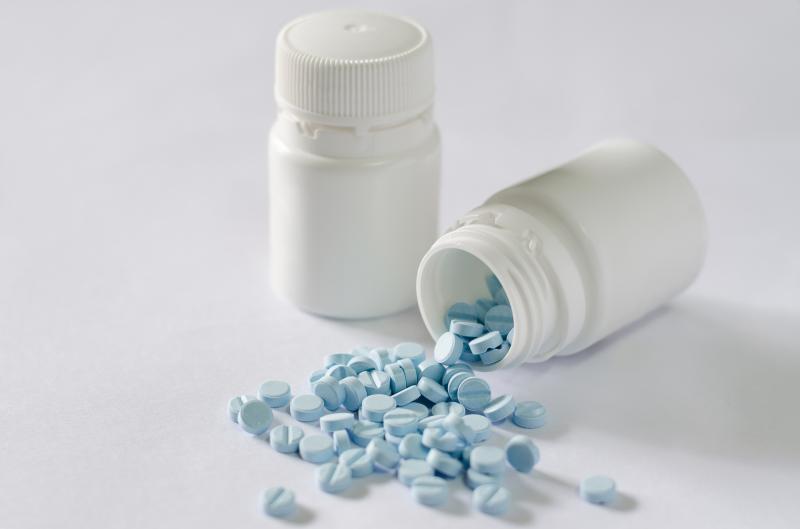
Endoscopists may unintentionally play down the risks of antiplatelet-related postendoscopic retrograde cholangiopancreatography (ERCP) bleeding (CSPEB) based on observations of suboptimal holding before higher risk ERCP, reports a study.
In this study, researchers analysed multicentre prospective ERCP data between 2018 and 2024 with 30-day follow-up. CSPEB, the primary outcome, was defined as hematemesis, melena, or hematochezia resulting in (1) haemoglobin drop ≥20 g/L or transfusion and/or (2) endoscopy to evaluate suspected bleeding and/or (3) unplanned healthcare visitation and/or prolongation of existing admission.
A total of 8,517 ERCPs were analysed, of which 129 (1.5 percent) resulted in CSPEB (mean onset 3.2 days). Some 110 of 4,849 events (2.3 percent) occurred after higher risk interventions, including sphincterotomy, sphincteroplasty, precut sphincterotomy, and/or needle-knife access.
Patients with CSPEC required endoscopy in 86.0 percent of cases and transfusion in 53.5 percent, with three cases (2.3 percent) being fatal.
Prior to higher risk ERCP, use of P2Y12 inhibitors was held for a median of 4 days. After higher risk interventions, the following agents correlated with CSPEB: P2Y12 inhibitors (odds ratio [OR], 3.33, 95 percent confidence interval [CI], 1.26–7.74), warfarin (OR, 8.54, 95 percent CI, 3.32–19.81), dabigatran (OR, 13.40, 95 percent CI, 2.06–59.96), rivaroxaban (OR, 7.42, 95 percent CI, 3.43–15.24), and apixaban (OR, 4.16, 95 percent CI, 1.99–8.20).
An association was also seen for significant intraprocedural bleeding after sphincterotomy (OR, 2.32, 95 percent CI, 1.06–4.60), but not after sphincteroplasty.
In addition, concomitant cardiorespiratory events occurred more often within 30 days following CSPEB (OR, 12.71, 95 percent CI, 4.75–32.54).
“Appropriate periprocedural antithrombotic management is essential and could represent novel quality initiative targets,” the researchers said.